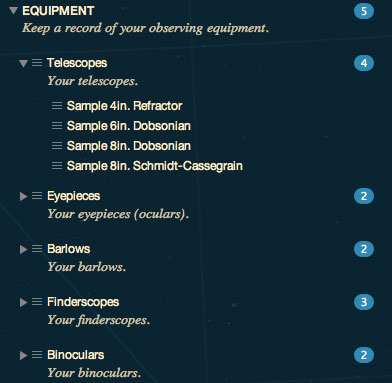

For Betelgeuse, that dust cloud obscures the star’s light from our view and makes it appear to be dimmer. Like Betelgeuse, the star is giving off matter which has created a dust cloud. Researchers think that the same processes are responsible for both, but the processes are happening more dramatically on VY Canis Majoris. “VY Canis Majoris is behaving a lot like Betelgeuse on steroids,” explained Humphreys.īoth Betelgeuse and VY Canis Majoris are dimming - but VY Canis Majoris’s dimming events last for periods of years. It has had multiple, giant eruptions.”īy studying VY Canis Major, researchers think they can understand what’s happening to Betelgeuse, which may be undergoing similar changes. “It’s one of the largest stars that we know of - a very evolved, red supergiant.

“This star is absolutely amazing,” the study’s leader, astrophysicist Roberta Humphreys of the University of Minnesota, said in a statement. VY Canis Majoris is so big and impressive it makes an ideal target for research into the extreme lives of stars. It is as bright as 300,000 suns and if it were placed at the center of our solar system it would engulf all of the planets as far as Saturn. The star, called VY Canis Majoris, is so large it is referred to as a “red hypergiant,” and it is undergoing dramatic, violent changes as it approaches the end of its life. Now, scientists have turned to another massive red star to learn more about this process. But the most commonly accepted theory is that it is giving off matter which forms a cloud of dust, blocking its light. In the past 18 months, the star has dimmed dramatically from its usual brightness levels, leading to competing theories that it may be covered in sunspots or about to go supernova. Something strange is up with one of the brightest stars in the sky, Betelgeuse. Humphreys (University of Minnesota), and J. VY Canis Majoris is so large that if it replaced the Sun, the star would extend for hundreds of millions of miles, between the orbits of Jupiter and Saturn. Share This artist’s impression of hypergiant star VY Canis Majoris shows the star’s vast convection cells and violent ejections.


 0 kommentar(er)
0 kommentar(er)
